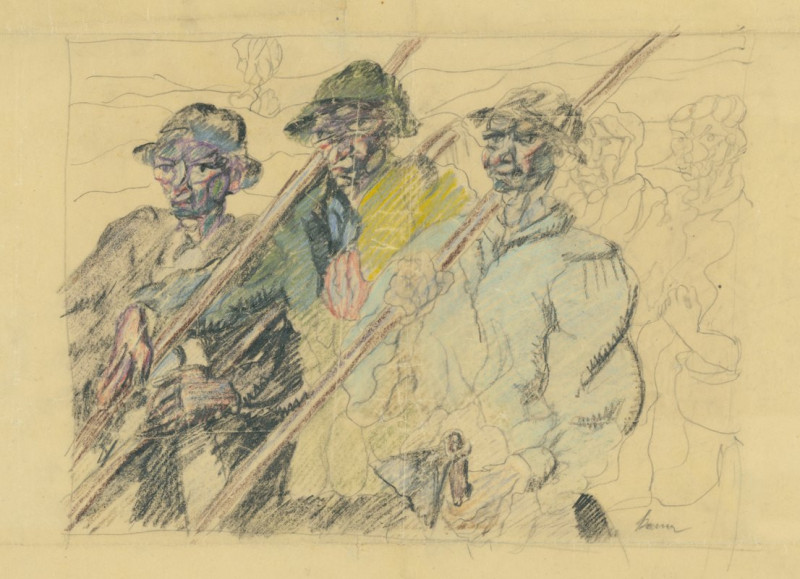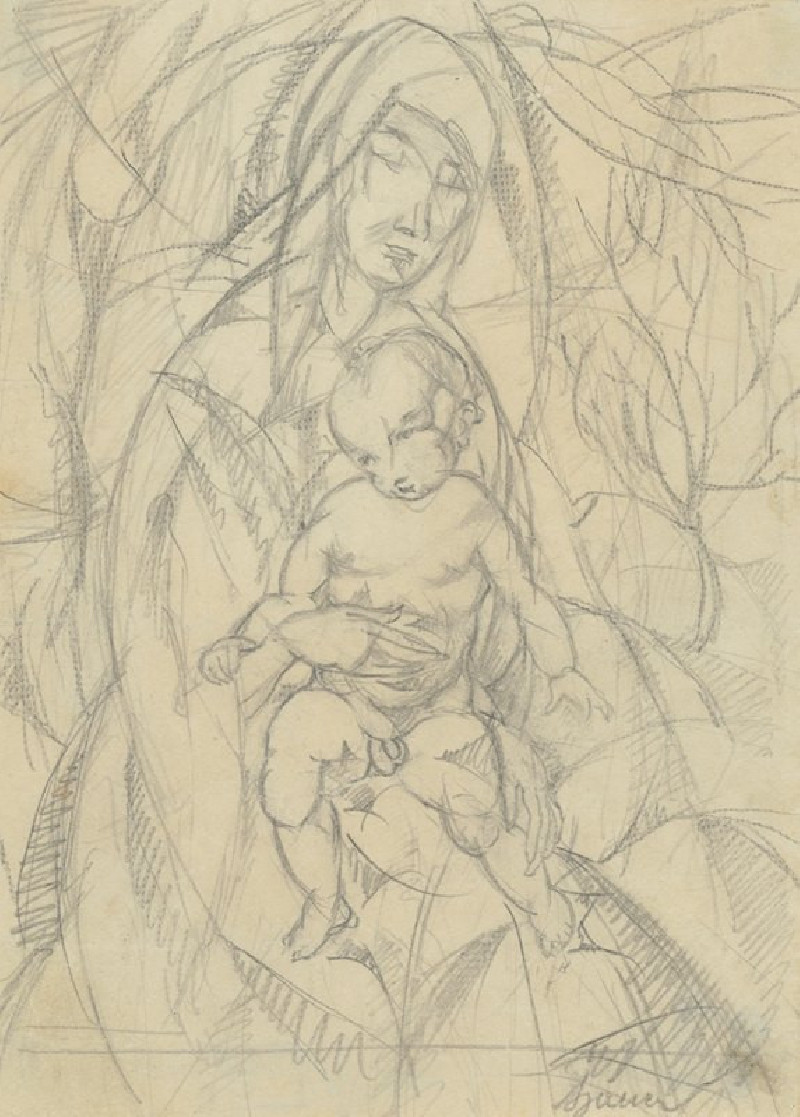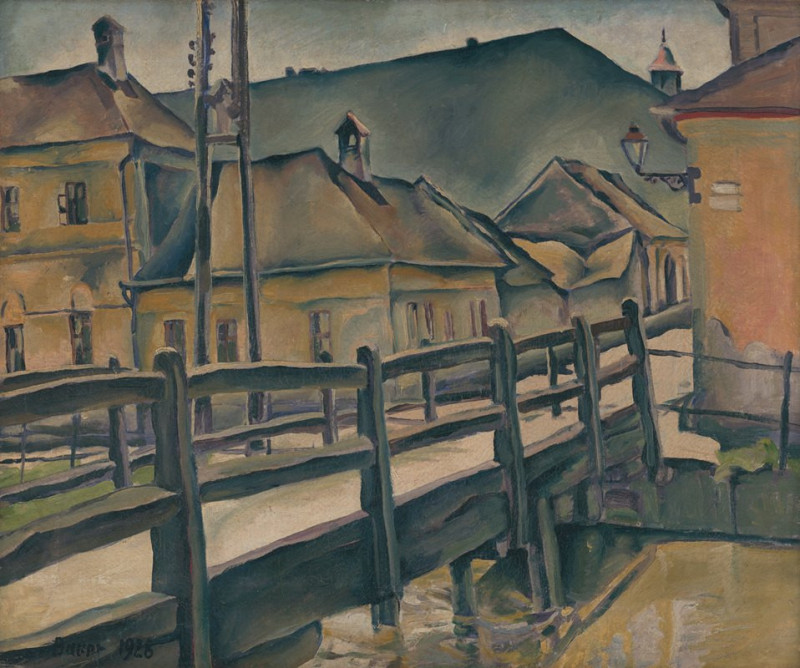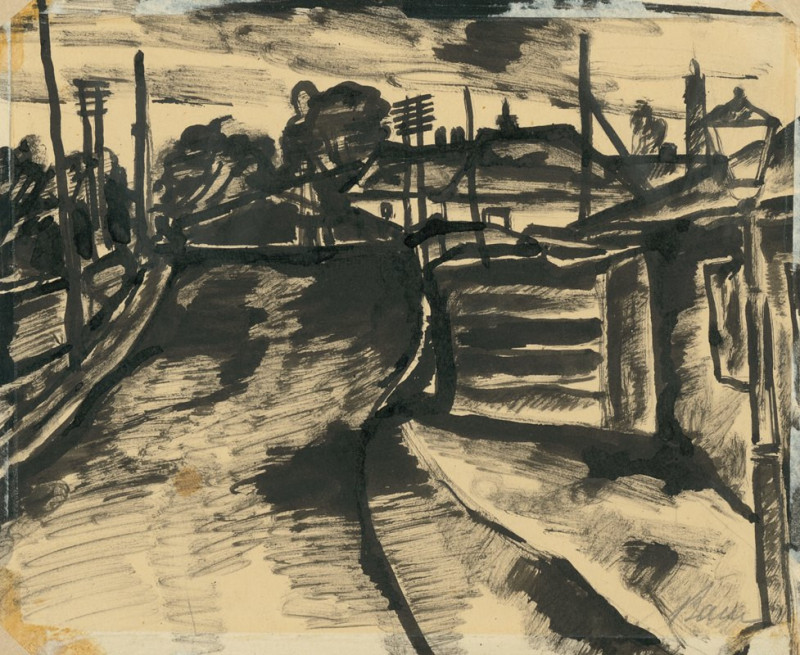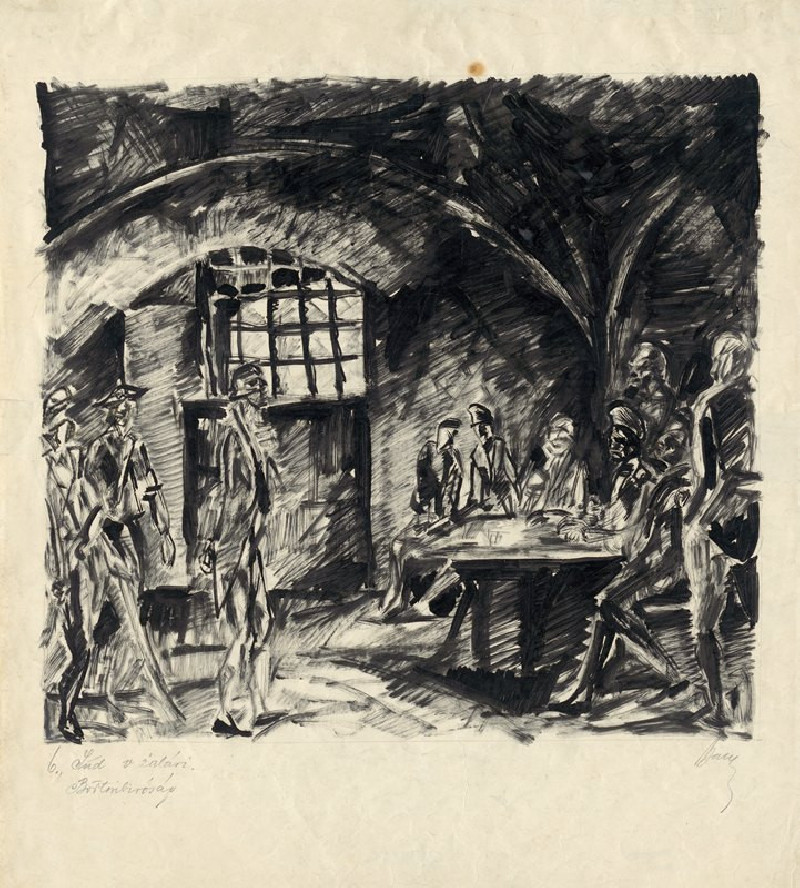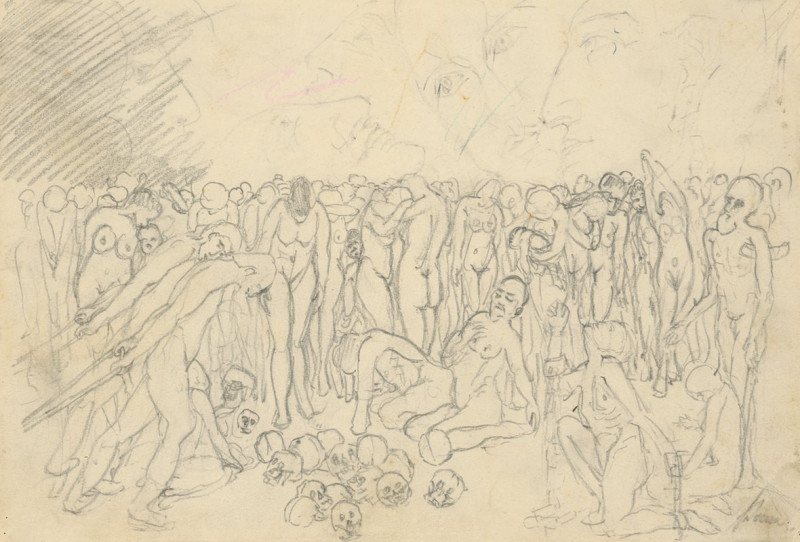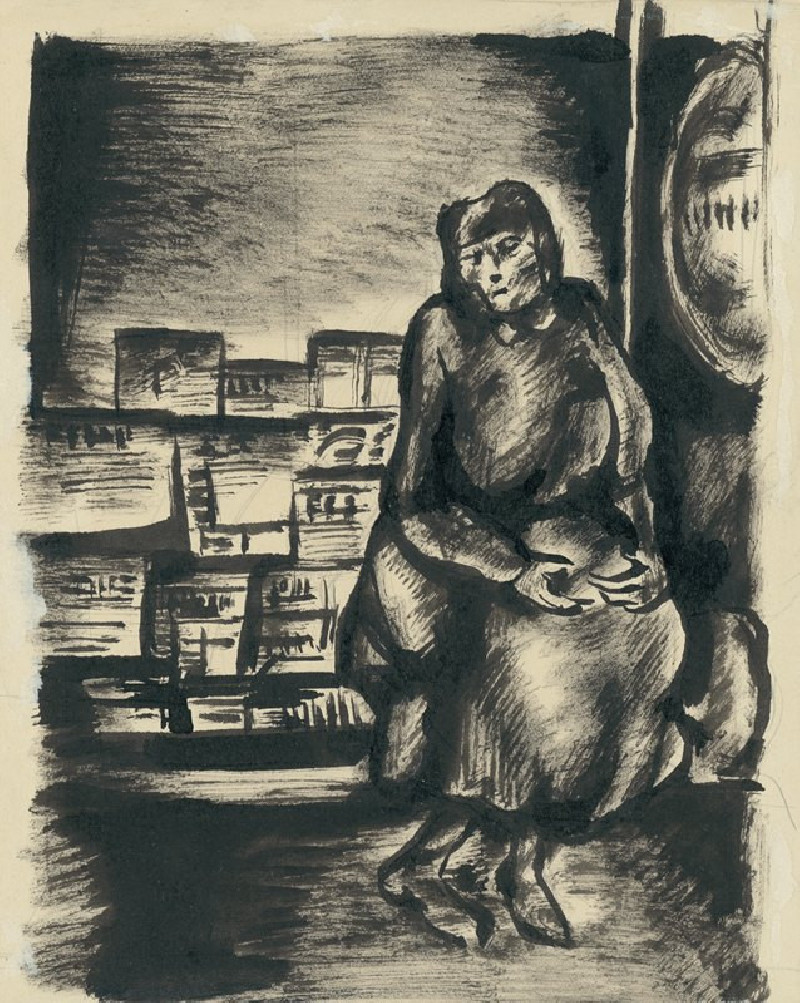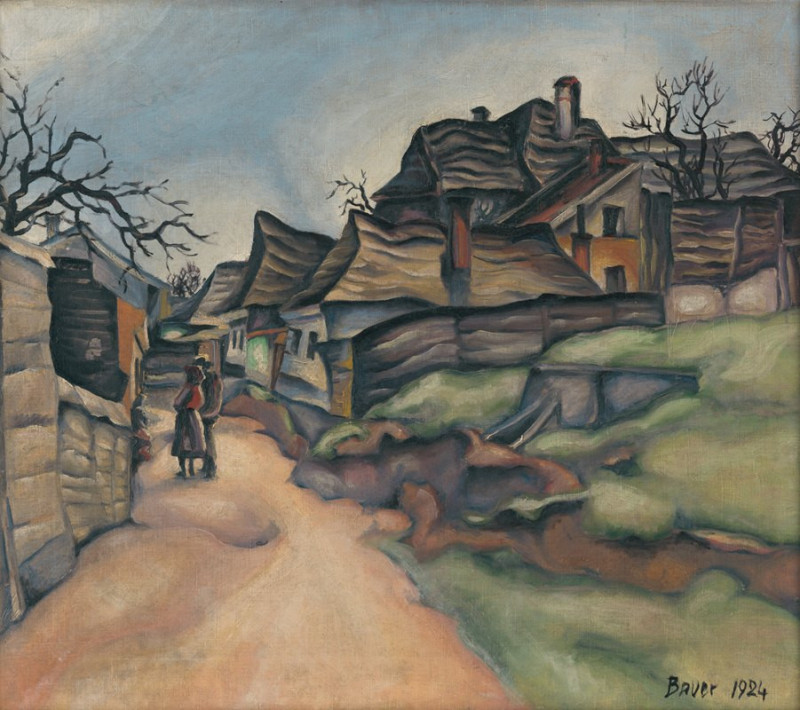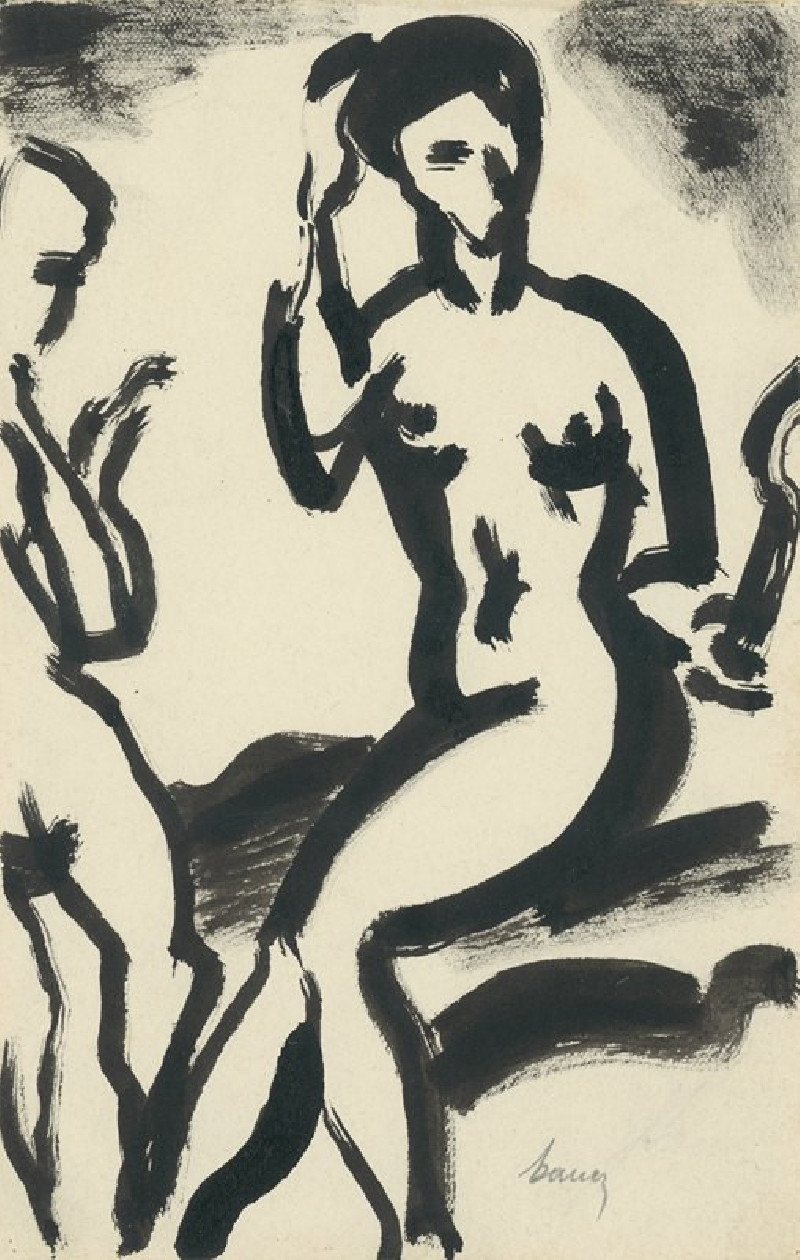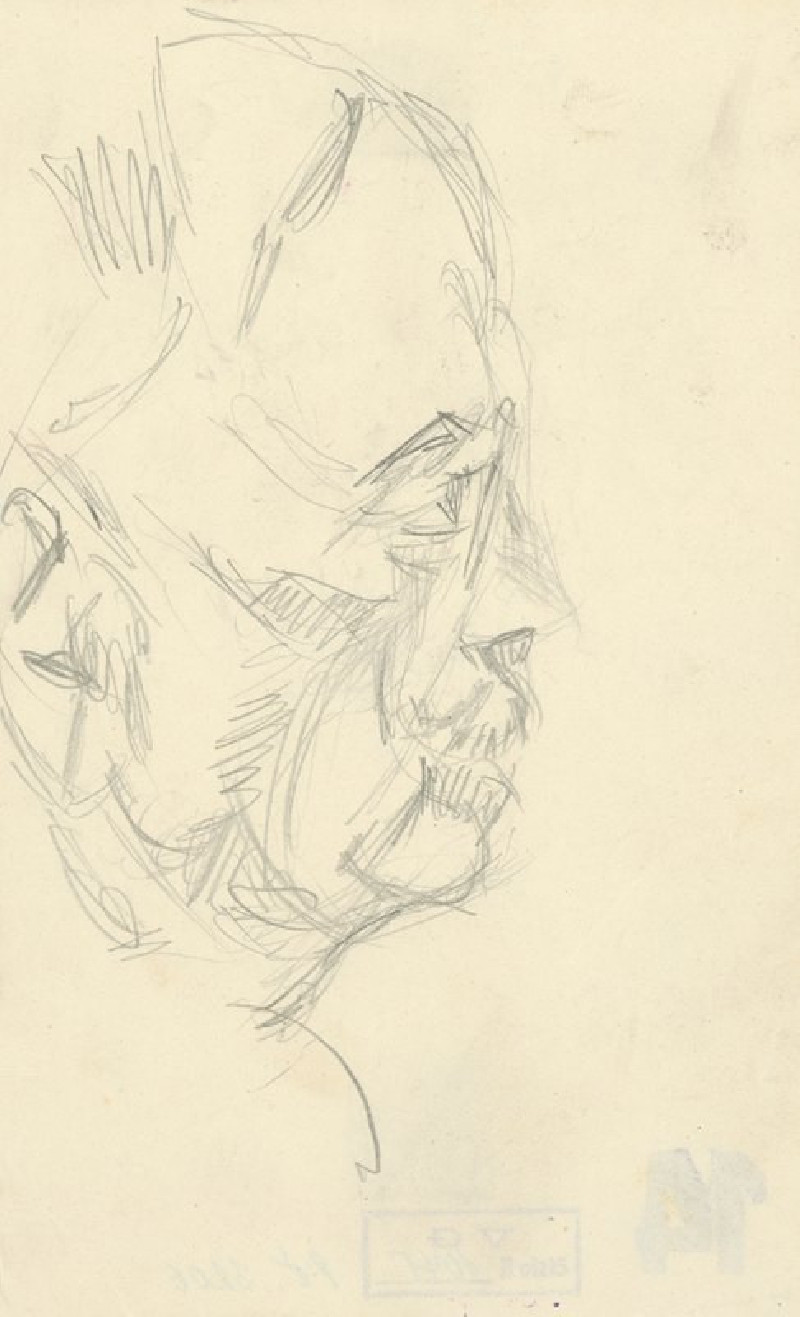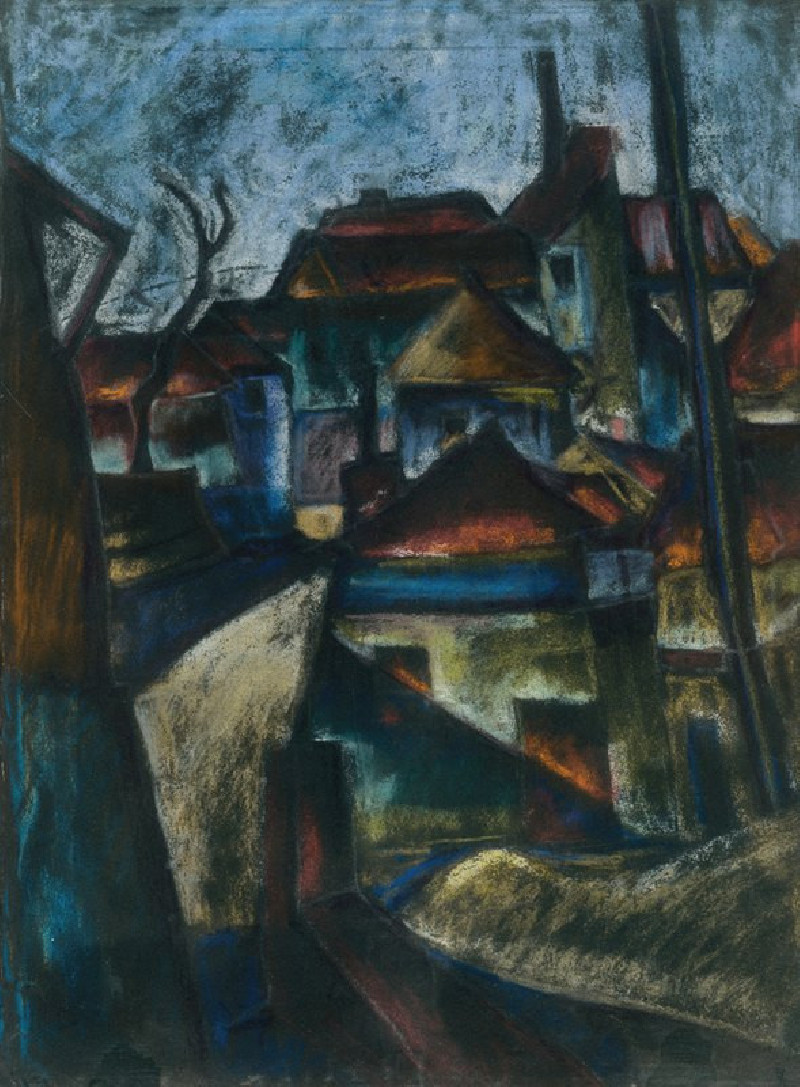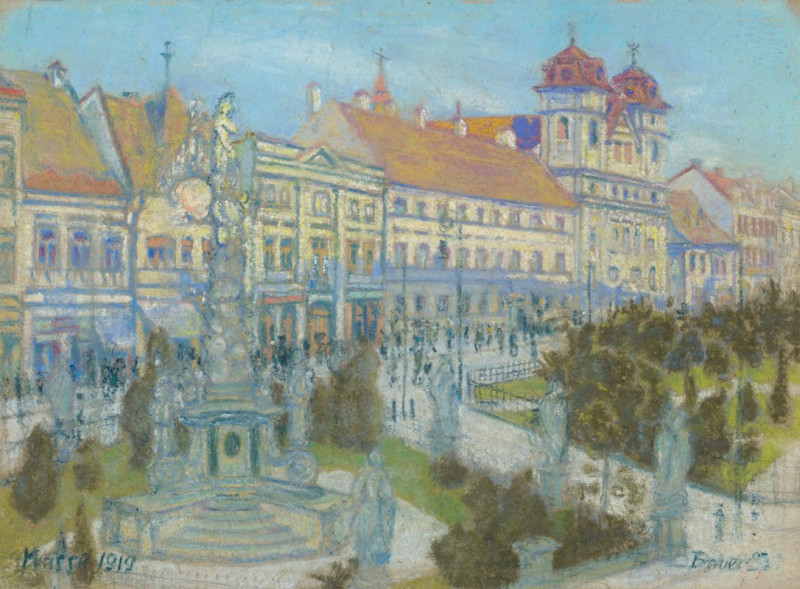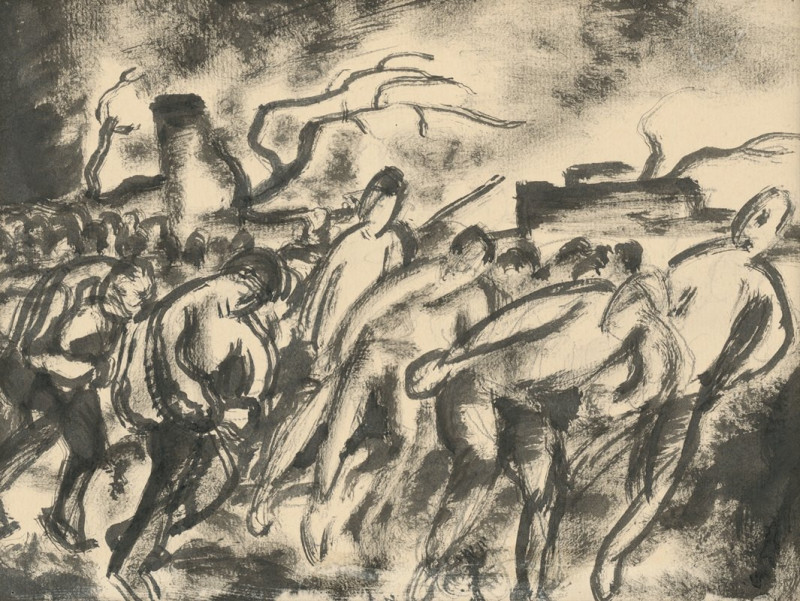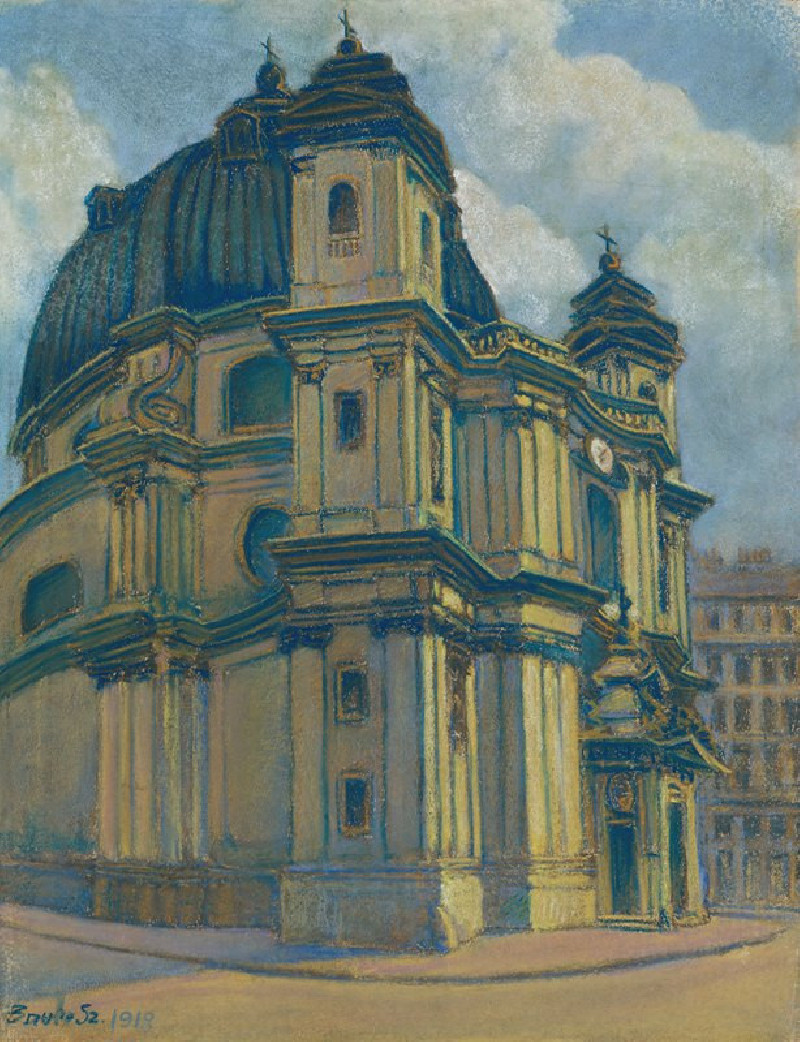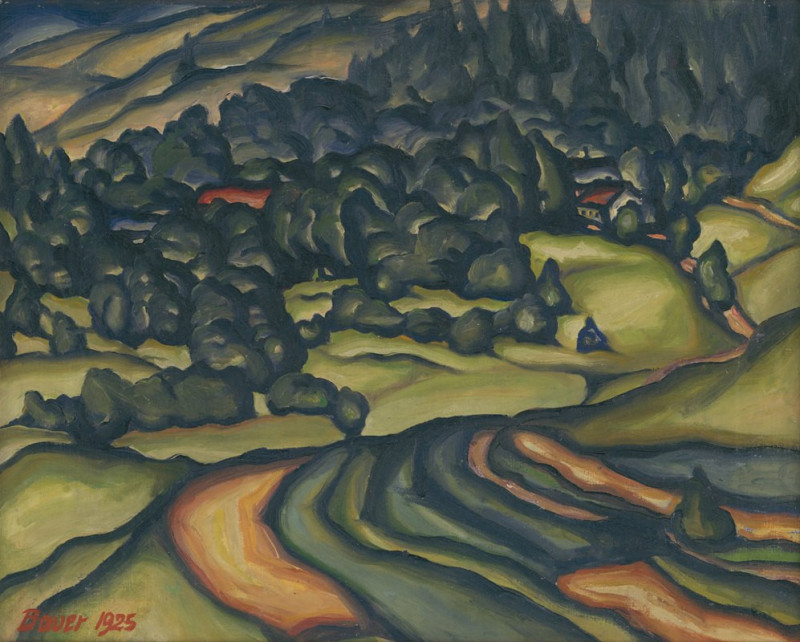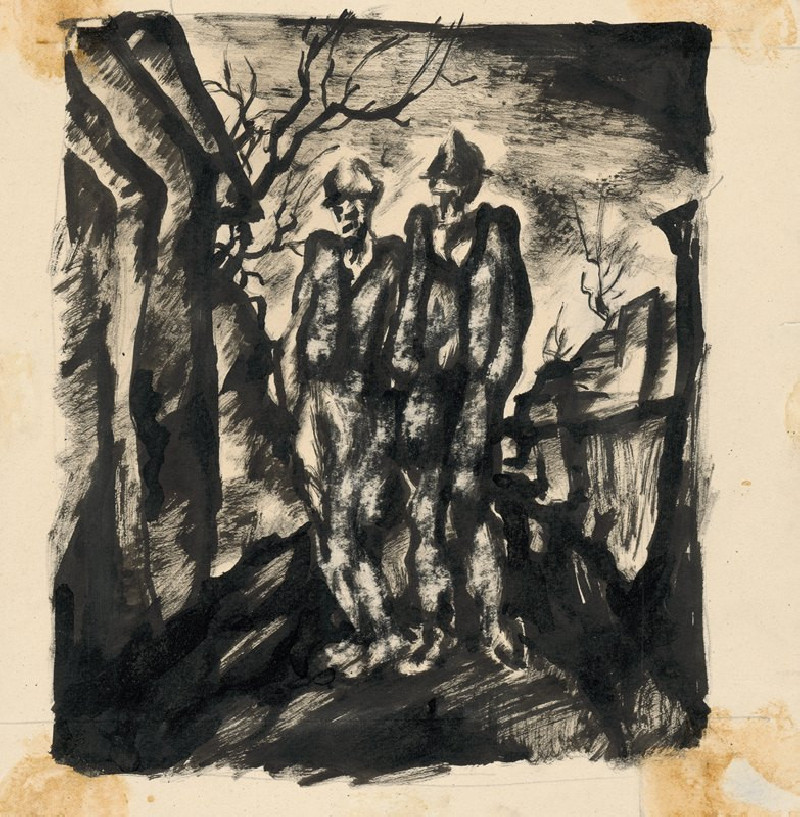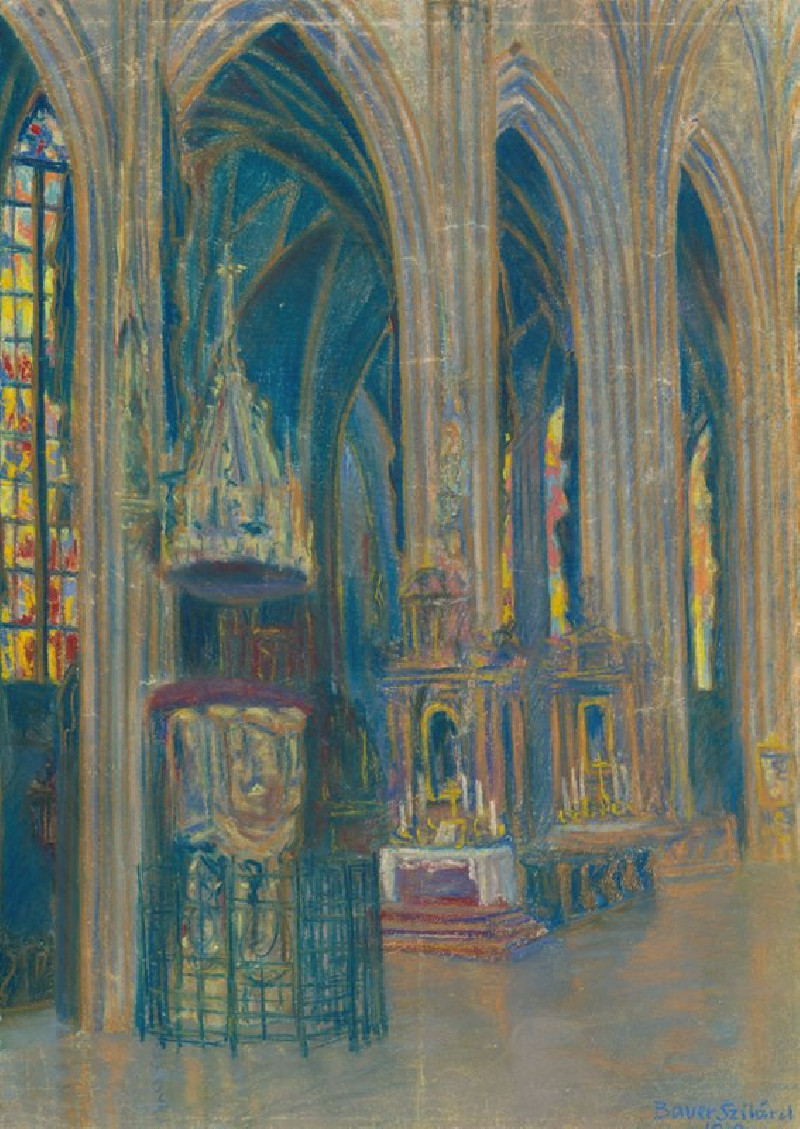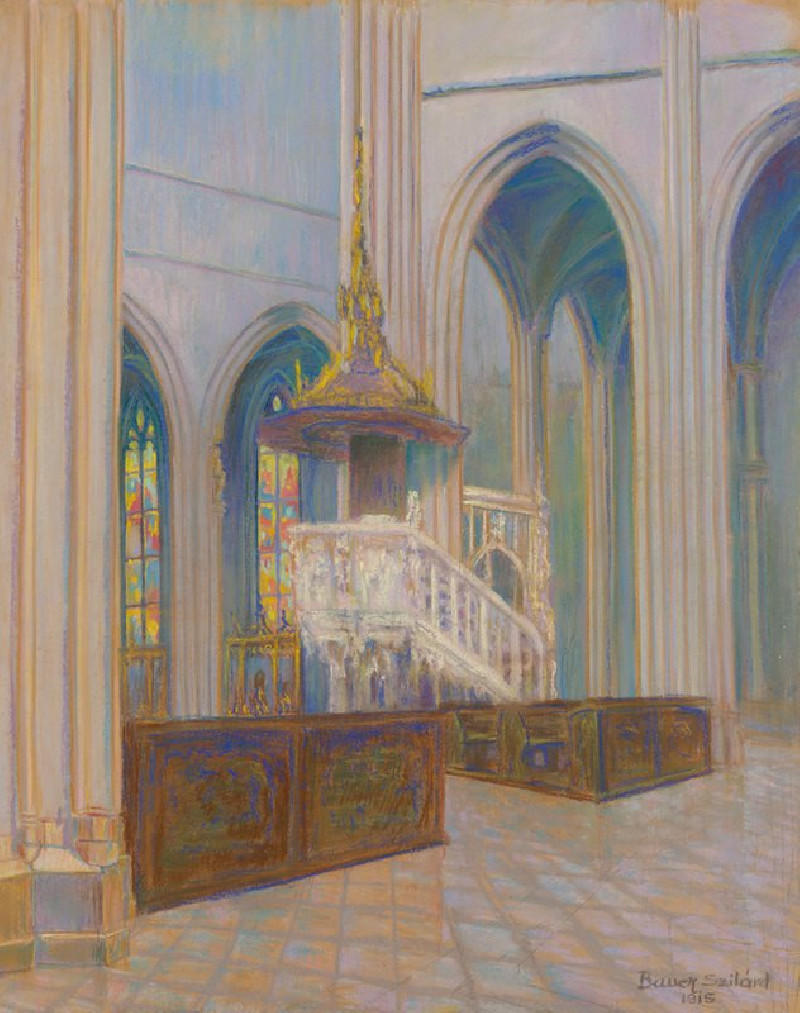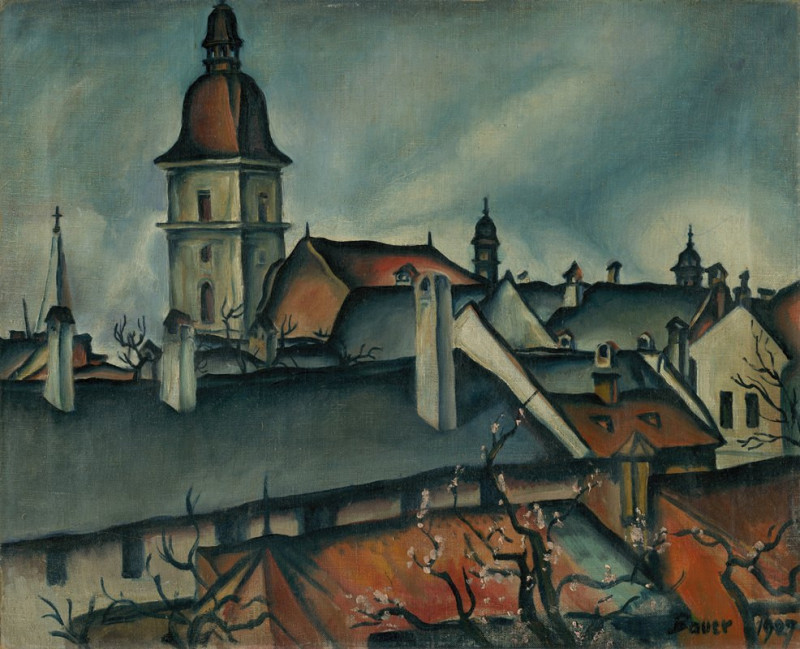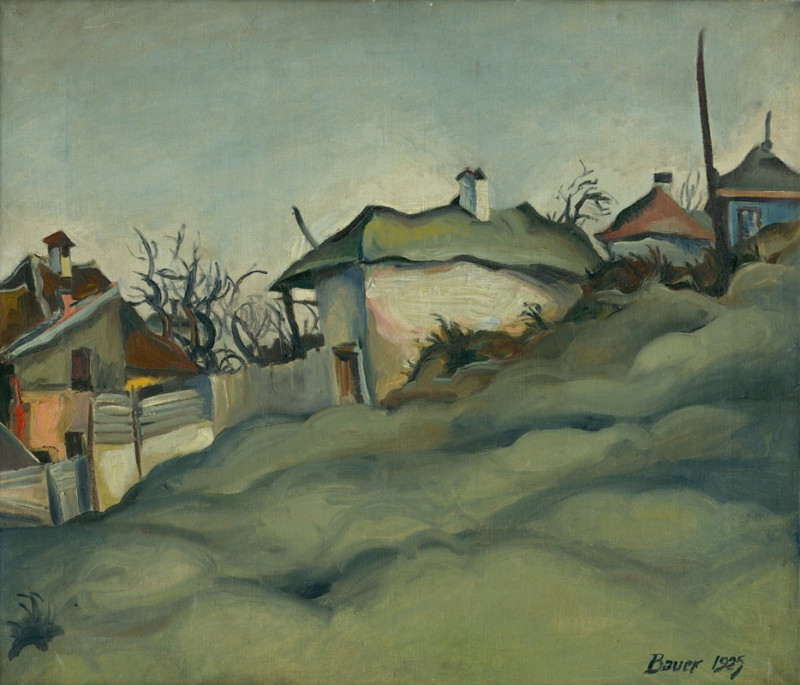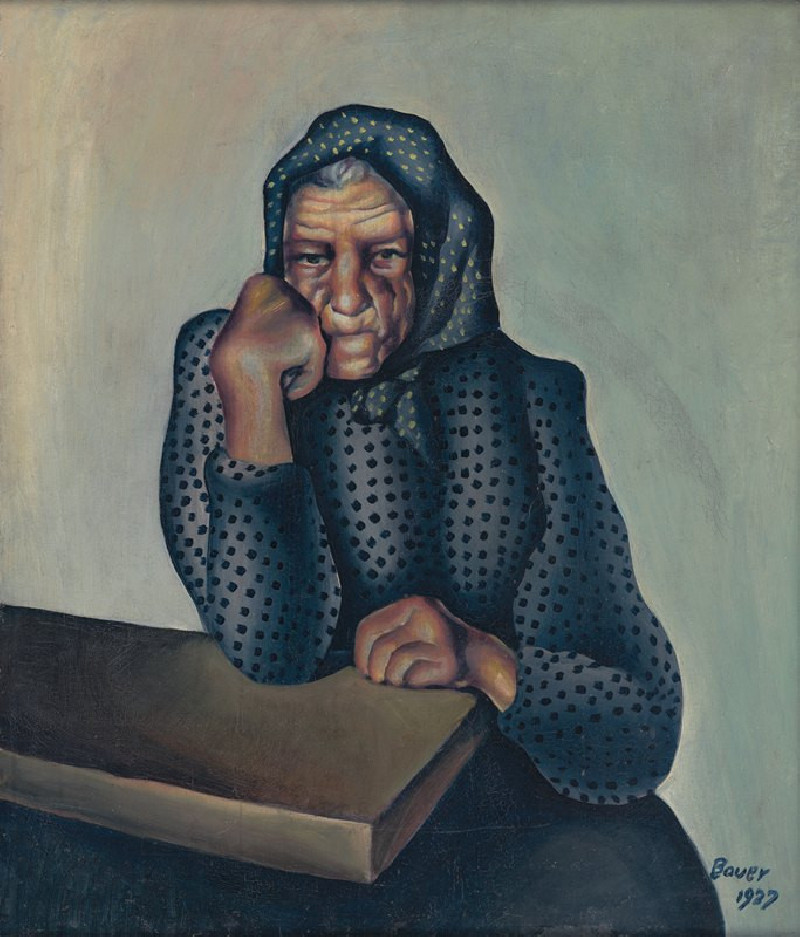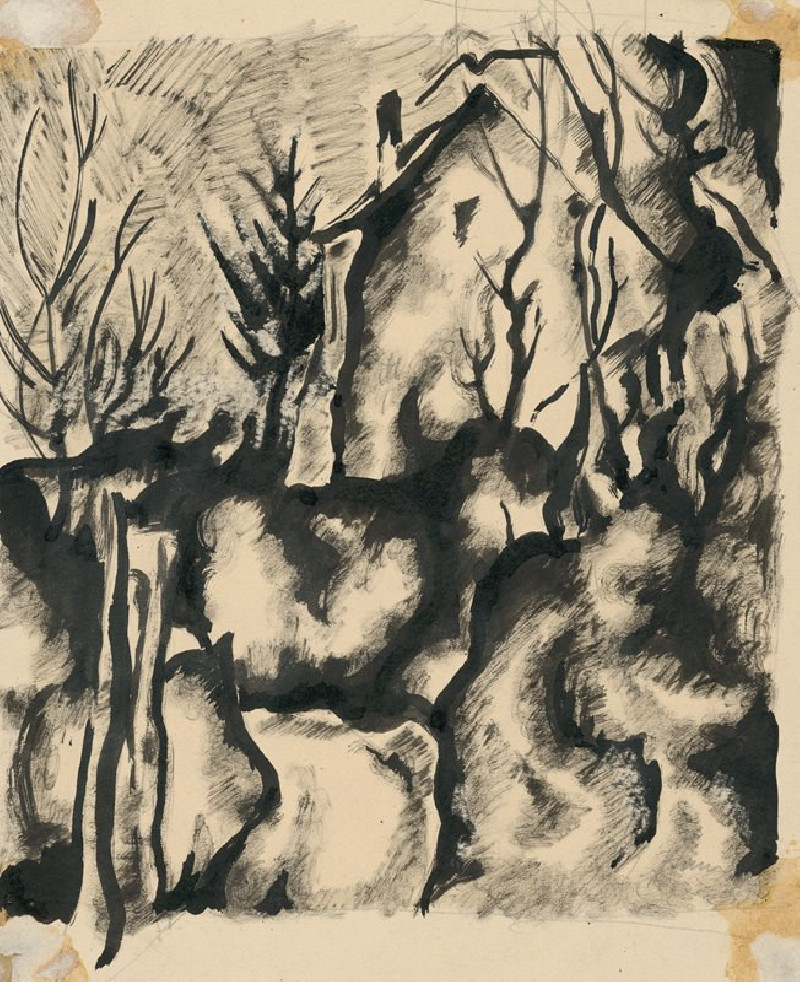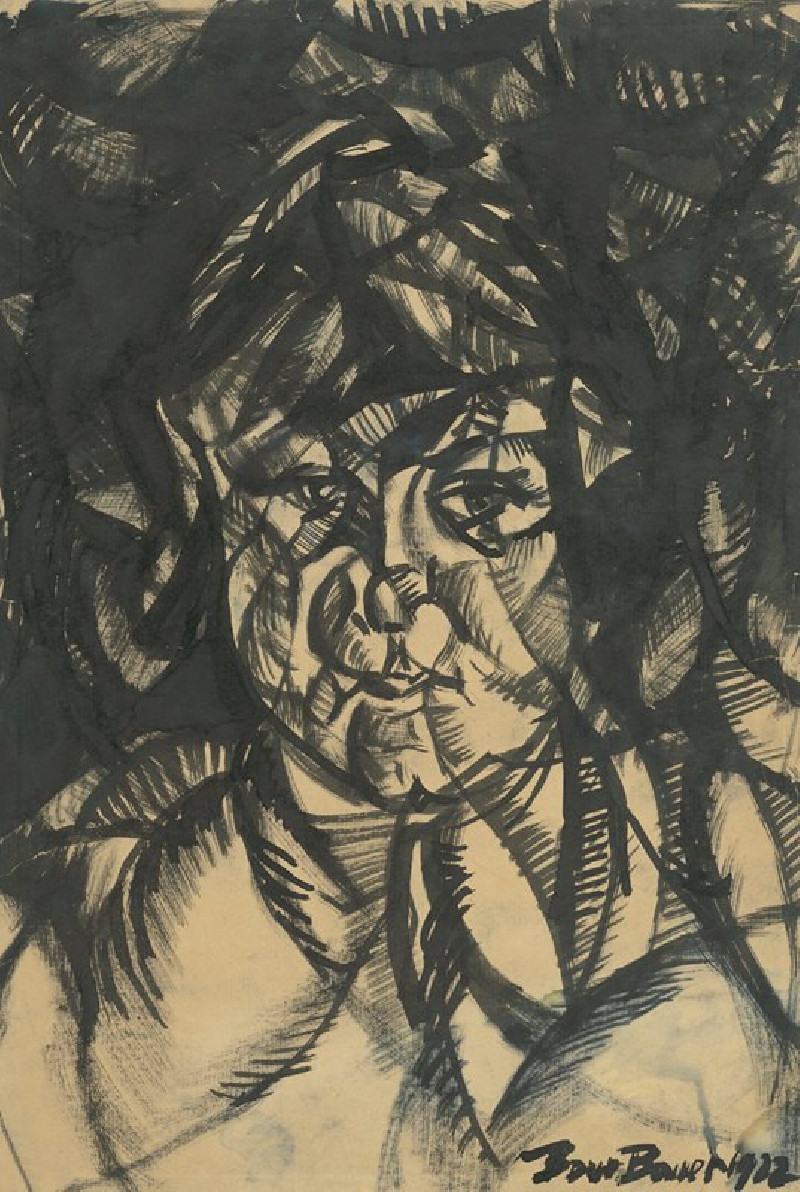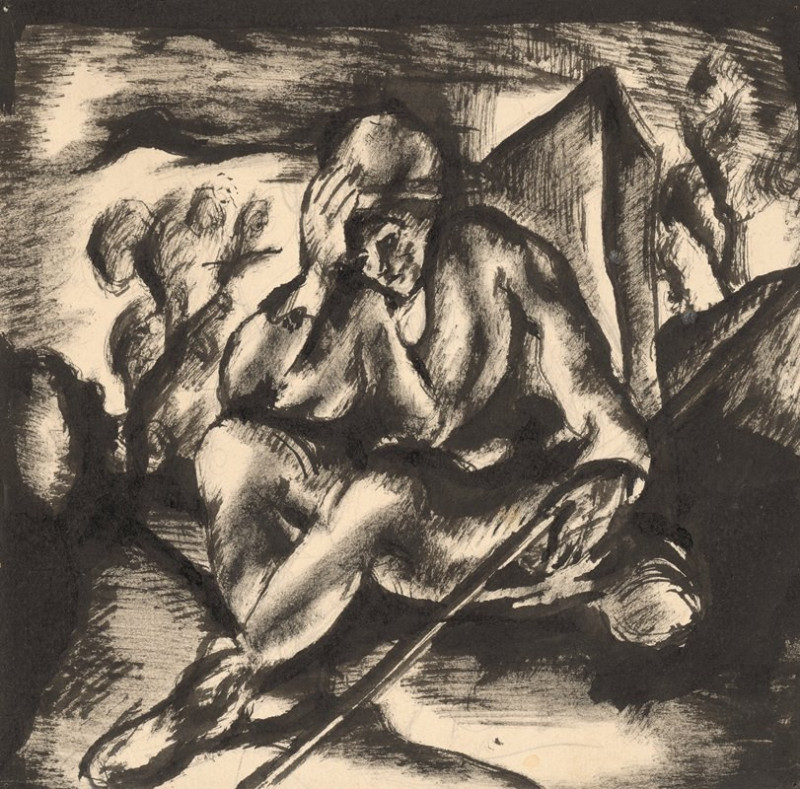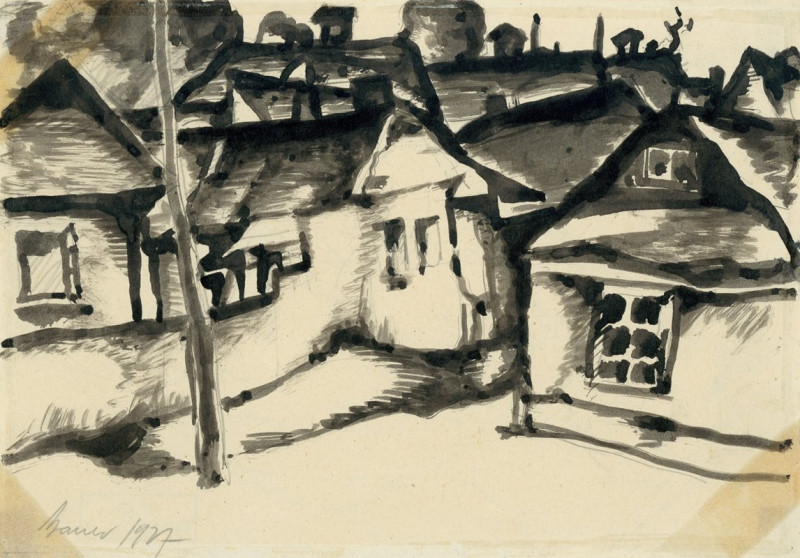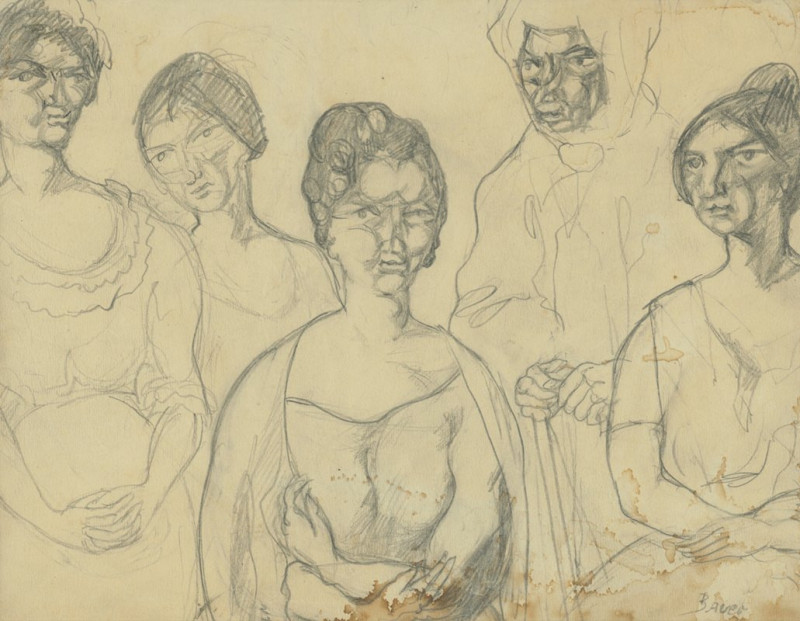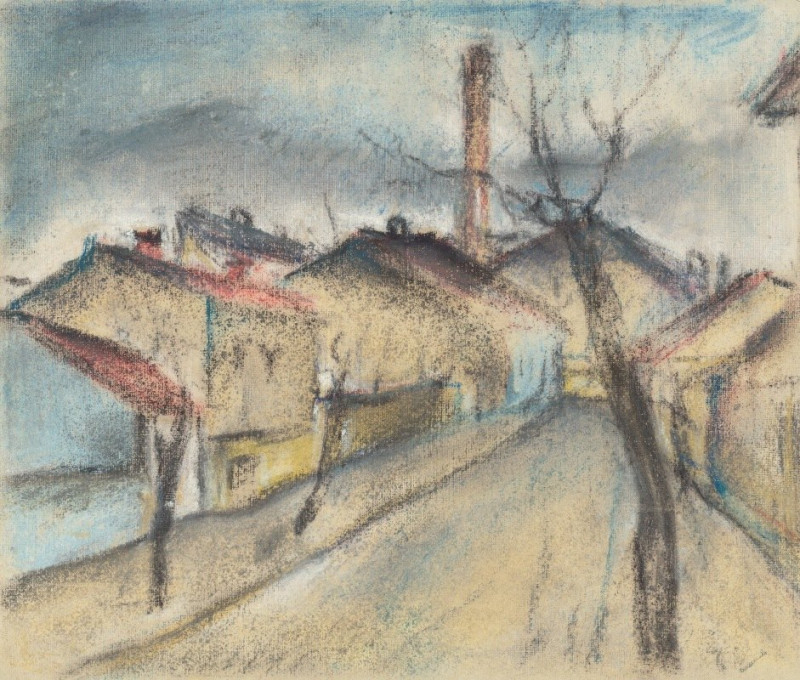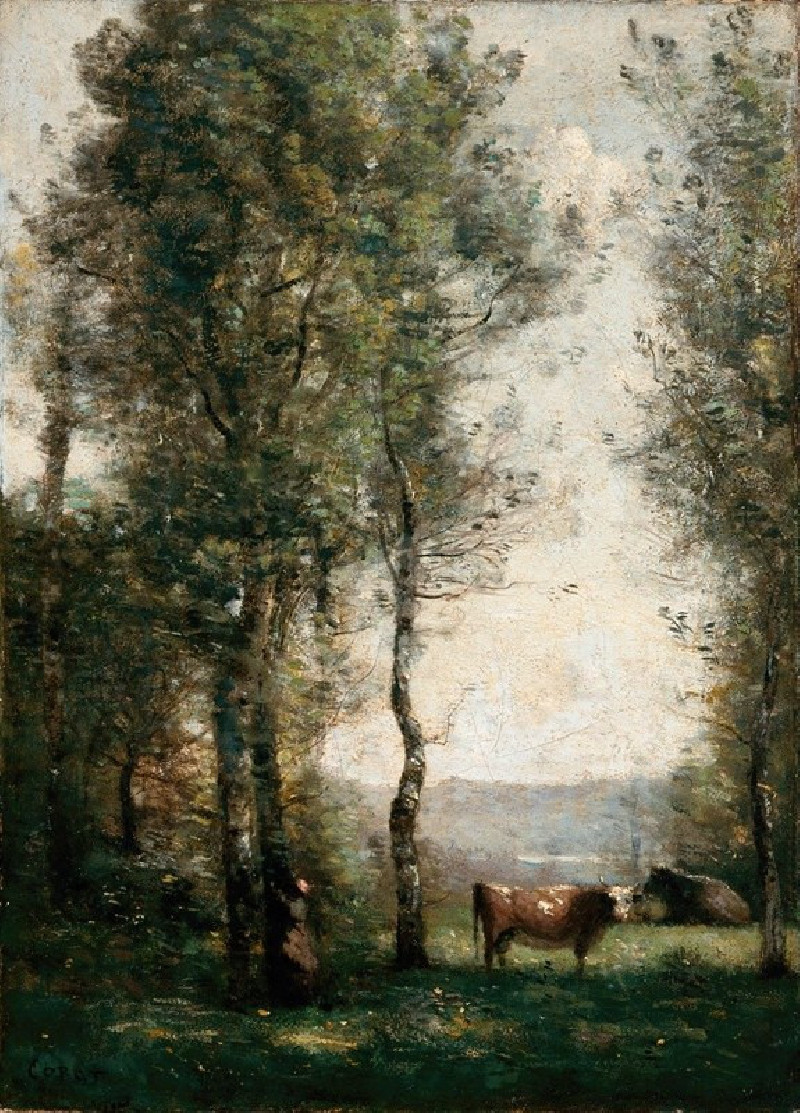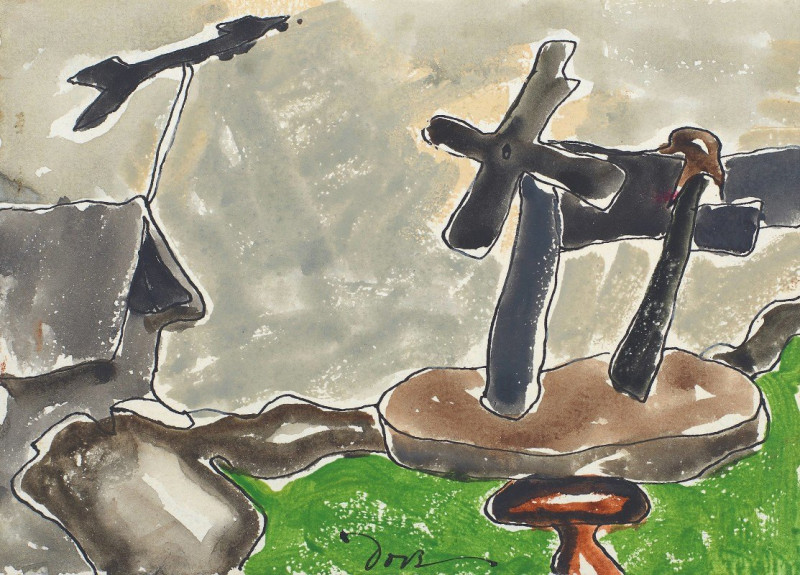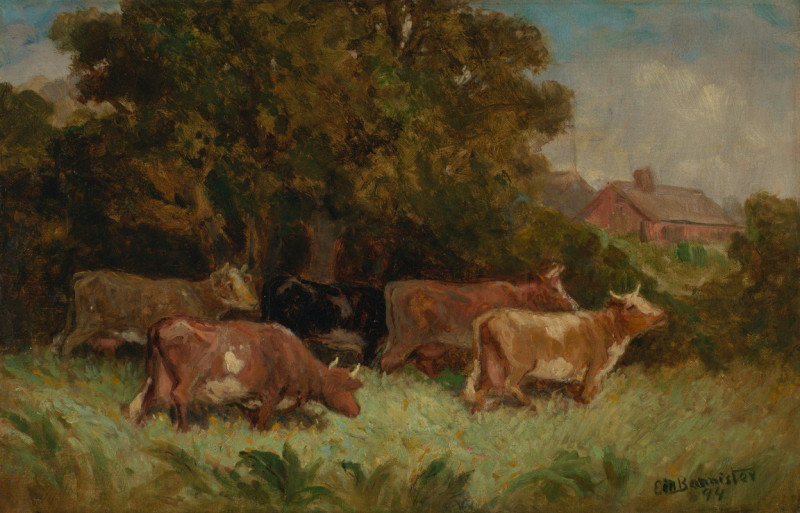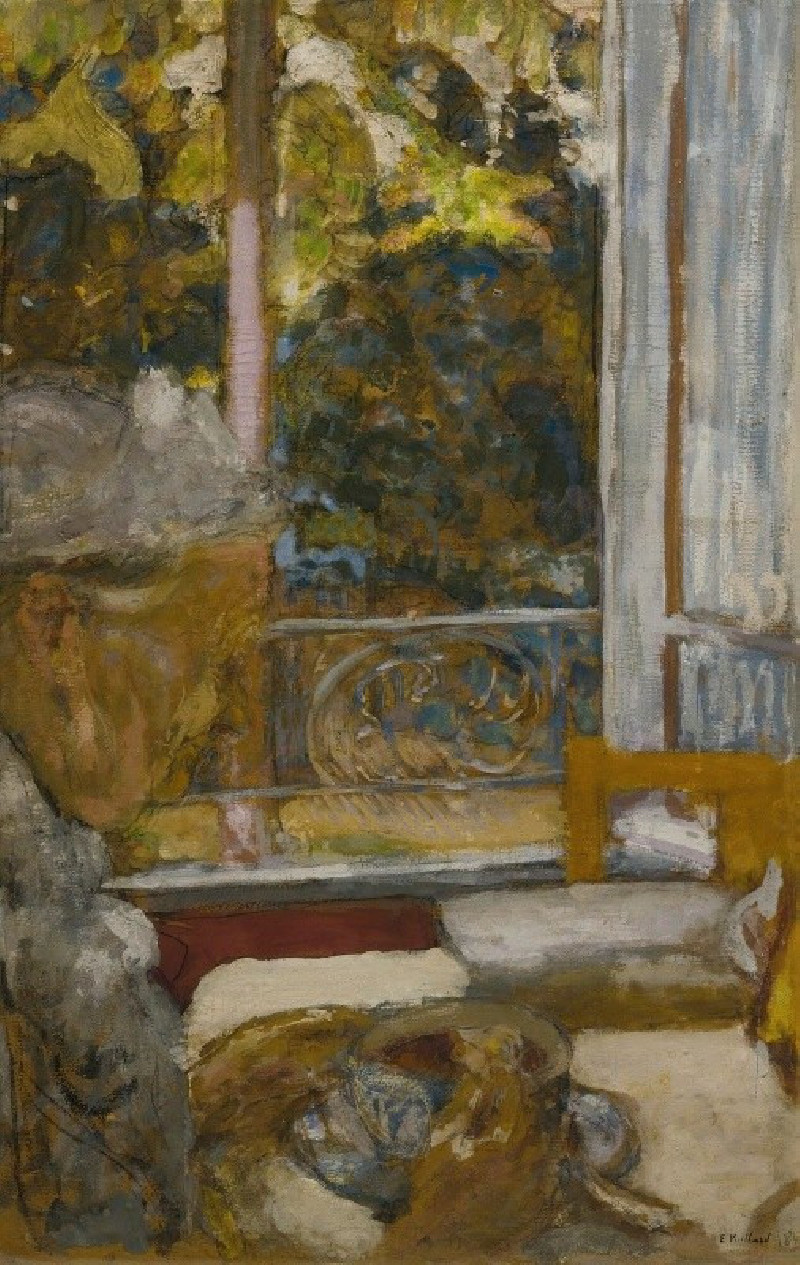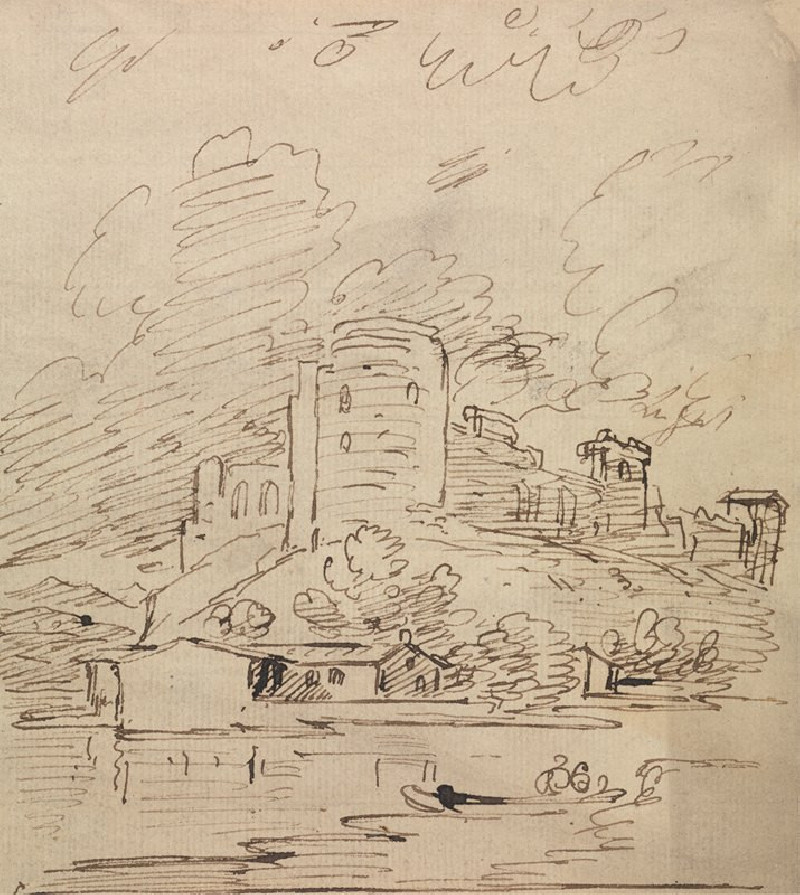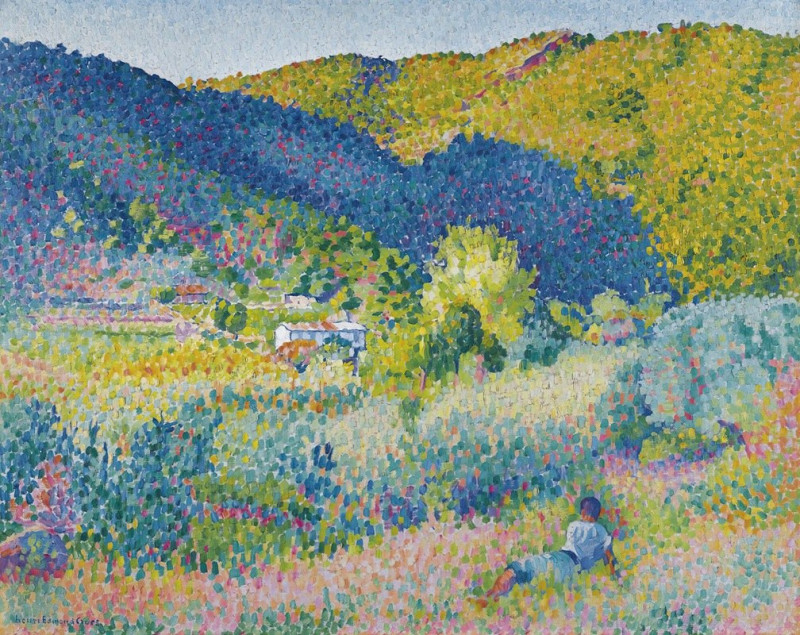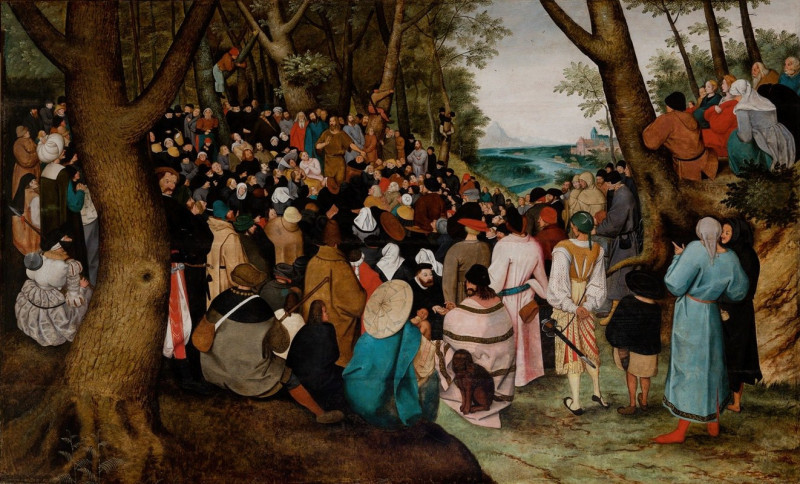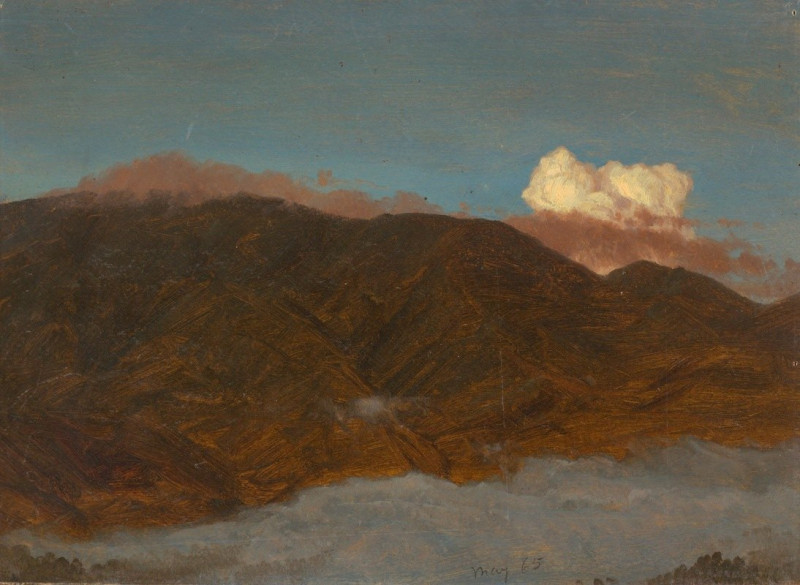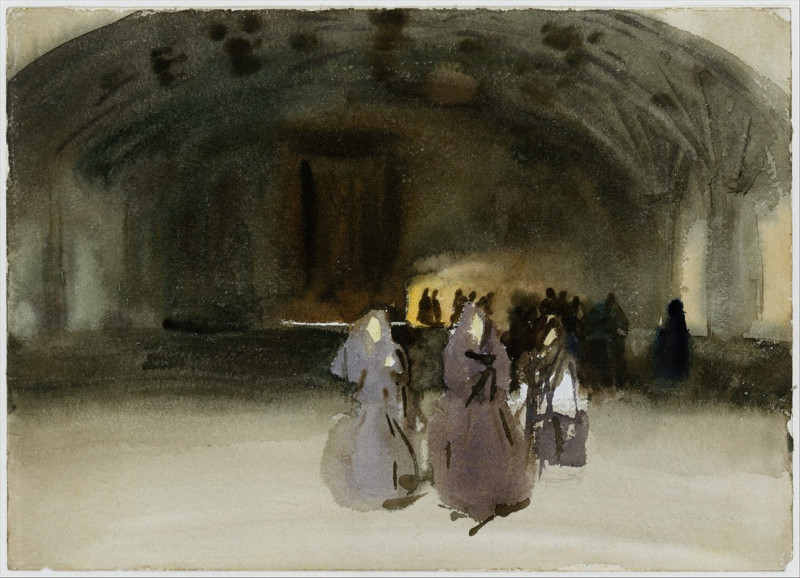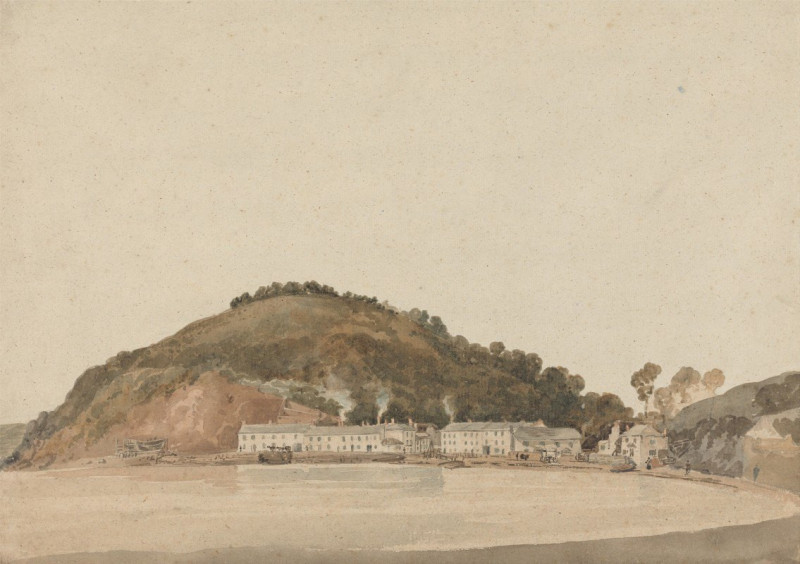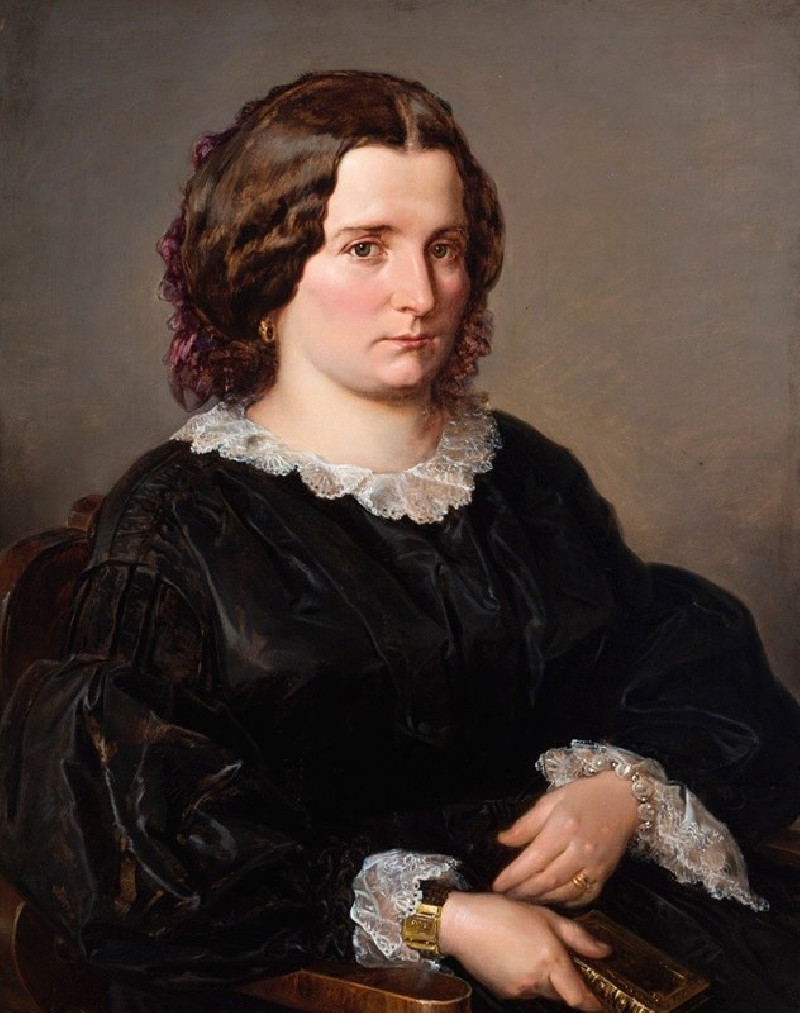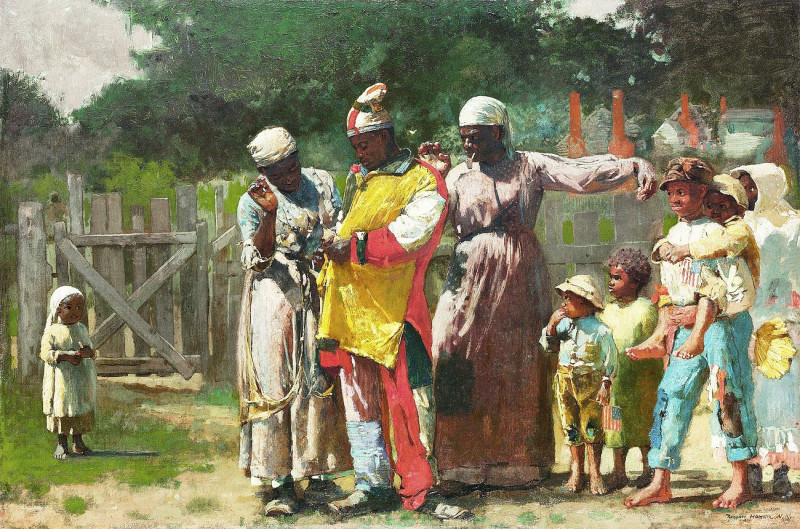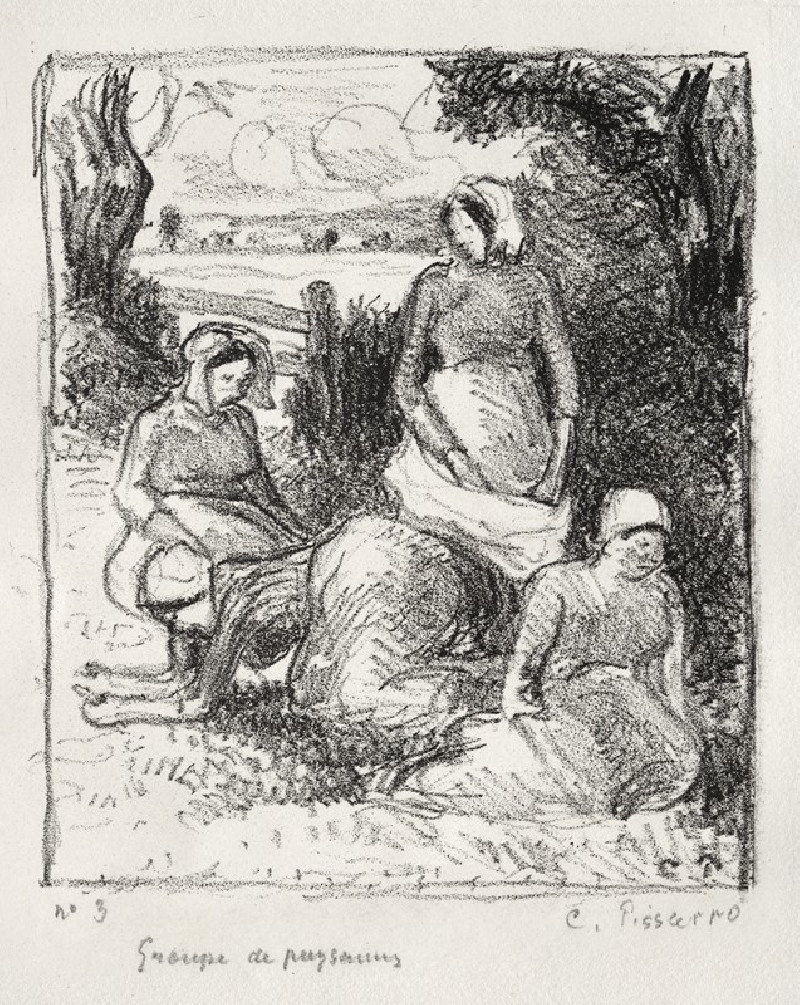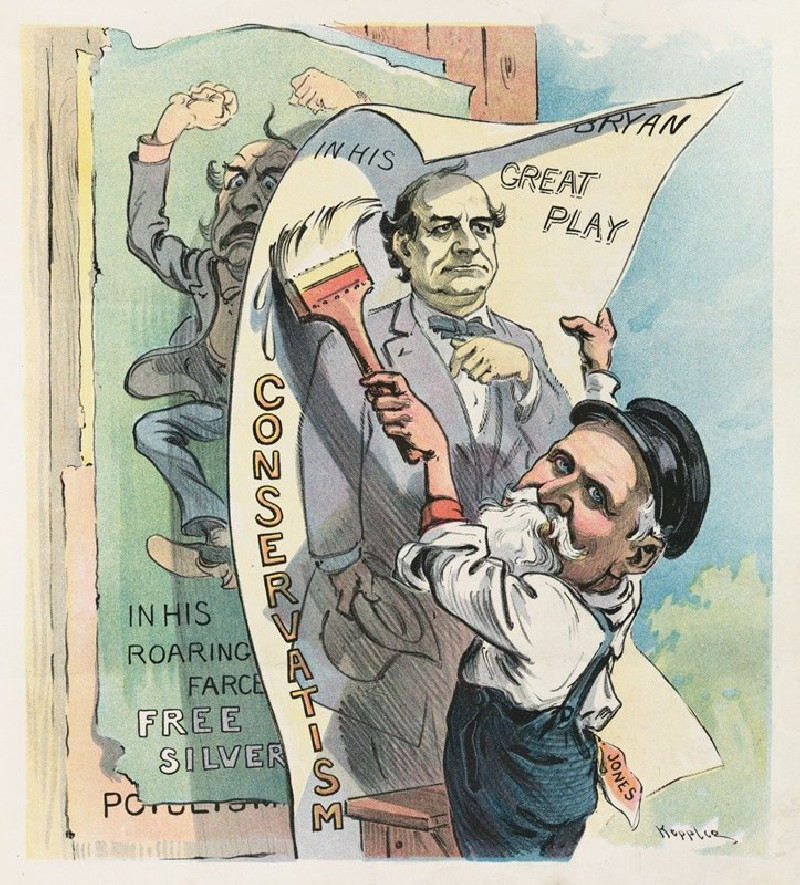Do práce (1924–1927)
Technique: Giclée quality print
Recommended by our customers
More about this artwork
On the canvas of Konštantín Bauer's "Do práce" (1924-1927), viewers witness a striking depiction of men setting out to work. This artwork draws attention to the theme of labor, portrayed through the intense and emotional representation of three male figures, which convey a sense of rugged endurance through their facial expressions and postures. The roughness in their attire and the tools they carry suggest the nature of their work is manual and physically demanding.The selection of colors, dominated by earthy tones, and the sketch-like, almost unfinished style impart a raw, unfiltered reality to the scene, emphasizing the hardships faced by working-class individuals during that era. Bauer's technique of using hasty, visible strokes adds a dynamism to the composition, echoing the relentless pace of the workers' daily lives.Incorporating a sense of immediacy and the palpable tension of early morning departures, "Do práce" is not only a representation of physical labor but also an evocative reminder of the personal and communal endeavors that characterized the livelihoods of many during the 1920s.
Delivery
Returns
Konštantín Bauer was a Slovak painter.
Konštantín Bauer was born on November 24, 1893 in Slovenská Ľupča. He spent his childhood in Banská Bystrica. At the age of fifteen, he moved with his parents to Košice, where he graduated from high school. After graduating in mechanical engineering in Budapest in 1915, he worked briefly as an engineer in Novo Mesto pod Šiatrom. From 1916 to 1918 he worked as a railway engineer in Transylvania and then as a civilian employee at the Ministry of War in Vienna.

